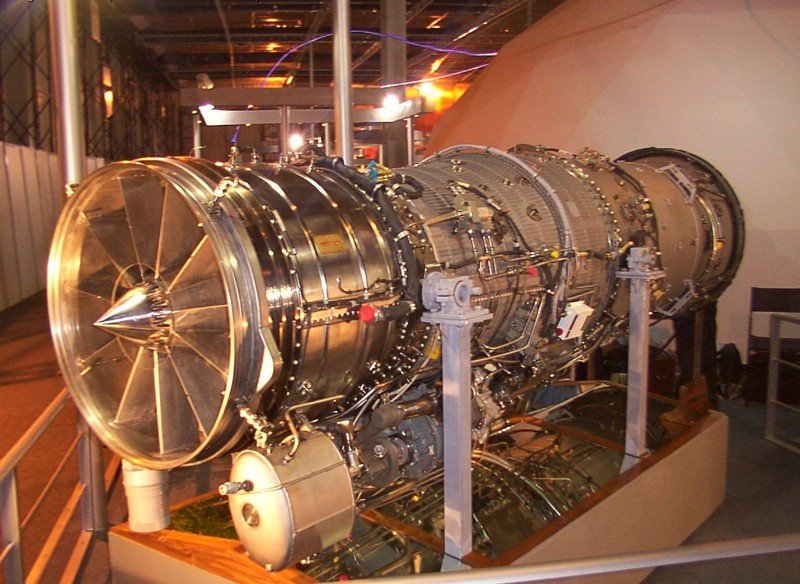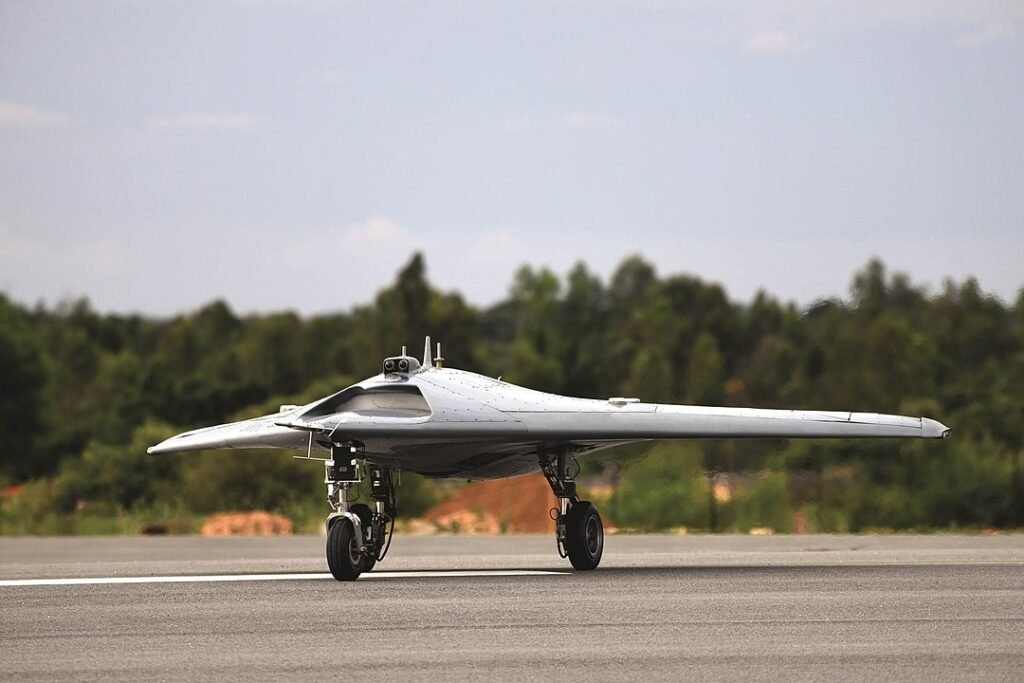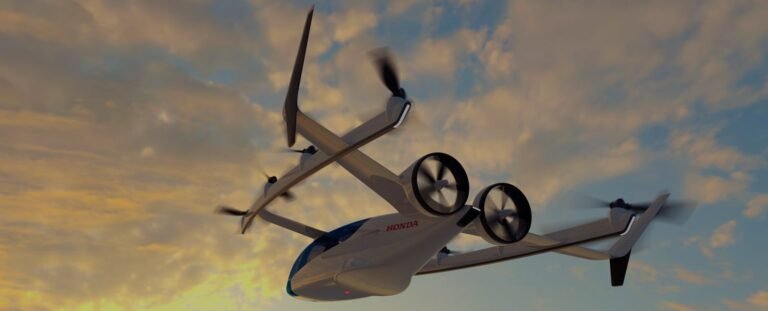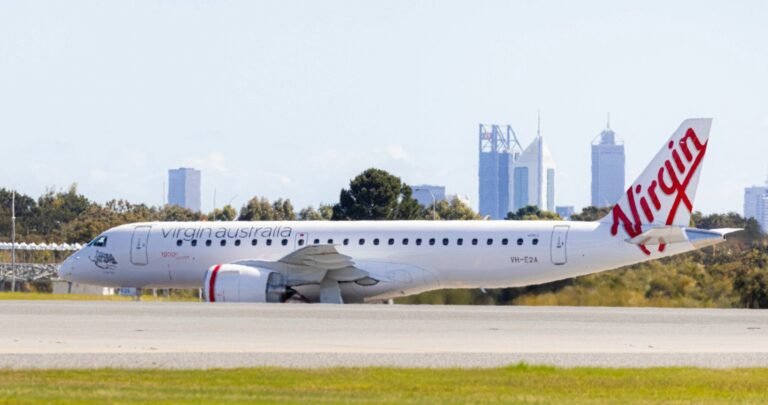Image source: Wikipedia
Bengaluru: The Kaveri engine has been cleared for inflight testing, announced by the Gas Turbine Research Establishment (GTRE) under the Defence Research and Development Organisation (DRDO), brings the country closer to achieving its long-standing goal of developing an indigenous fighter jet engine. It represents a crucial advancement in India’s drive for military self-reliance, particularly in aerospace technology.
The Path to Inflight Testing: A Game-Changer for UAV Development
The Kaveri engine, initially developed for the Light Combat Aircraft (LCA) Tejas, has now been adapted for India’s first stealth unmanned combat aerial vehicle (UCAV), the Ghatak. On December 23, GTRE confirmed that the non-afterburning version of the Kaveri engine had been cleared for inflight testing.
A modified Ilyushin IL-76 aircraft, stationed at the Gromov Flight Research Institute in Moscow, will be used for the tests. During this phase, the Kaveri engine will replace one of the four engines of the IL-76. Engineers will evaluate the engine’s performance in varying flight conditions, assessing its integration with aircraft systems and reliability in dynamic environments. Additionally, extended flight endurance and efficiency will be tested to ensure the engine’s viability for prolonged UAV missions.
Testing and Development: A Decades-Long Journey
The Kaveri engine project has faced many challenges since its inception in the 1980s, starting with India’s goal to develop an indigenous solution to power the Tejas fighter jet. Early efforts encountered numerous obstacles, including technological limitations, budget constraints, and the effects of international sanctions.
Despite these setbacks, the Kaveri engine has evolved significantly. The engine has undergone extensive modifications, culminating in the creation of a dry version tailored for UAV applications. This dry Kaveri engine, producing between 49-51 kN of thrust, holds great potential for India’s future UAV programs, such as the Ghatak. However, the design is not final—future plans involve integrating an afterburner into the Kaveri 2.0 version, which will push the engine’s thrust to 73-75 kN to support more demanding fighter jet applications.
Testing and Validation: High-Altitude Success

Image source: Wikipedia
The path to inflight testing has been paved by extensive simulations and ground testing. Last year, high-altitude tests in Russia simulated altitudes of 13,000 meters (42,651 feet), showing that the engine was capable of generating 48.5kN of thrust. This exceeded the benchmark goal of 46kN required for UAV applications, making the engine more than capable of supporting India’s ambitious stealth UCAV program.
GTRE’s commitment to rigorously testing the Kaveri engine has also involved multiple trials in India. With the engine now poised for inflight evaluations, the focus shifts to real-world performance assessments that will finalize its readiness for mass production.
Kaveri Engine Specifications and Future Prospects
The dry version of the Kaveri engine produces between 49-51 kN of thrust, making it suitable for current UAV programs. Looking ahead, GTRE plans to incorporate an afterburner into the Kaveri 2.0, significantly increasing its thrust to 73-75 kN. This enhanced version will be suitable for next-generation fighter jets, reducing India’s reliance on foreign engine manufacturers such as GE and Rolls-Royce.
Furthermore, the Kaveri engine will play a key role in India’s future stealth aircraft programs. GTRE is working on modifications to make the engine compatible with serpentine air intakes, which are common in stealth designs. These changes will ensure the engine’s compatibility with India’s long-term vision for advanced fighter jets and UCAVs.
From Setbacks to Success: Overcoming Challenges
The Kaveri engine’s development has been far from smooth. The project has faced several delays due to technological difficulties, budget overruns, and the impact of international sanctions. Despite these obstacles, the Kaveri project has remained resilient. Key breakthroughs, including collaboration with Safran, have led to recent successes.
Today, GTRE is on the cusp of a breakthrough with the upcoming inflight tests. If successful, the Kaveri engine could provide India with a powerful, self-reliant engine for its defense programs. This would significantly reduce the country’s dependency on foreign engine suppliers, thereby strengthening national security and enhancing strategic autonomy.
Follow Aviation Today for more such news!





















